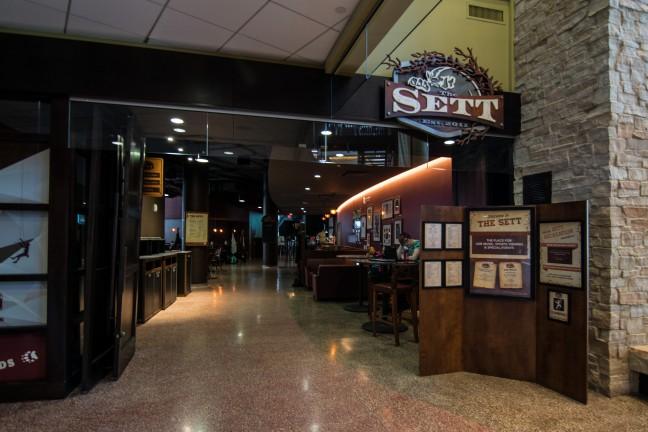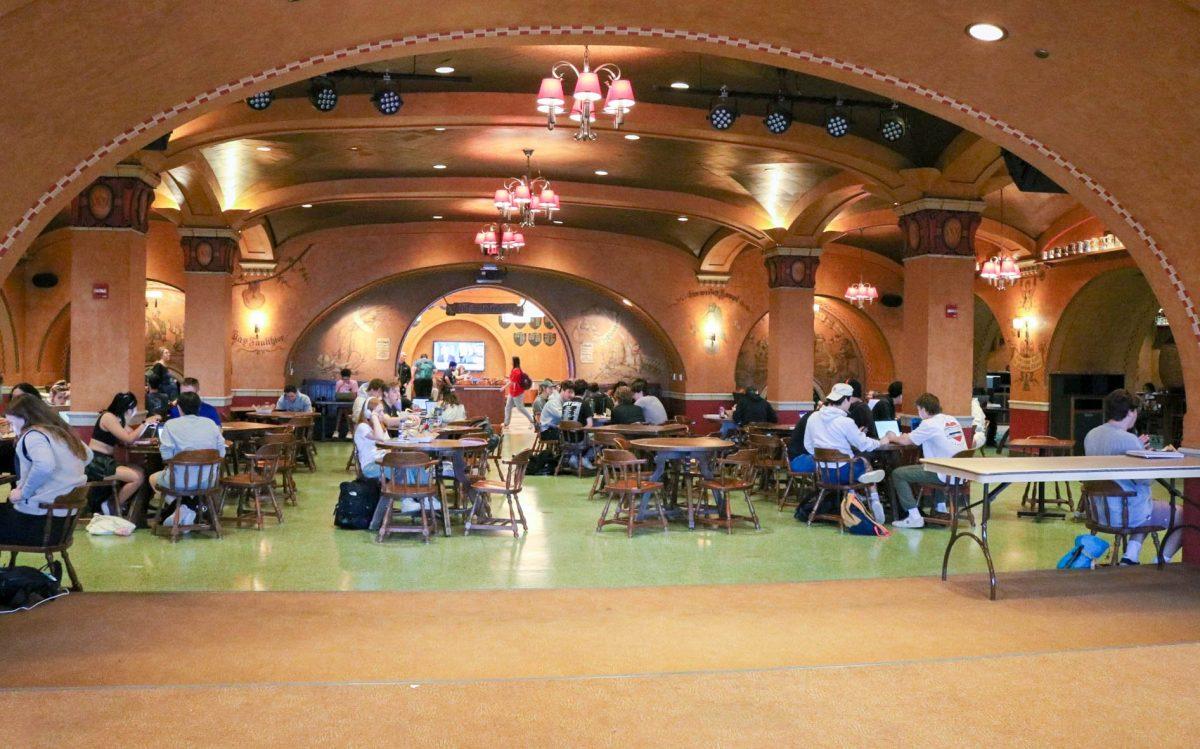20th century opera is a sore spot for some, myself included. With musical innovation stretching into newer, more popular genres, operas for most of this century eschewed catchy, lyrical tunes for a more naturalistic approach.
Benjamin Britten’s 1960 opera “A Midsummer Night’s Dream,” which uses text from the classic Shakespeare play, falls into this vein. It is a through-composed work, meaning there are no traditional arias and scenes to follow along in the structure of the work.
University Opera’s production of “A Midsummer Night’s Dream” utilized this dazed nature of the work to its advantage, setting the piece in Andy Warhol’s trippy creative center, “The Factory.” While this choice didn’t always lead to immediately coherent conclusions about the opera’s events, the choice of setting allowed this numbing, lulling score to succeed and let the performers shine.
David Ronis, the head of University Opera, described the production in a director’s note as a way to get away from the traditional fairies associated in the work.
“As we worked on the concept, we found that ‘The Factory’ setting allowed us to see the show in a new, compelling light and truly evoked its spirit and themes,” Ronis said.
Despite a couple of instances which necessitated another look at the program notes, such as trying to determine how the seemingly normative “lovers” (Lysander, Hermia, Demetrius and Helena) found their way into “The Factory” and questioning why there were seemingly alpacas on the wall at one moment, this setting added interesting dimensions to the classic story. Making Oberon’s potions and herbs psychedelics was a logical choice, and turning “fairies” into Warhol devotees was not a far cry from his real life groupies. Technical Director Greg Silver and Lighting Designer Kenneth Ferencek’s designs allowed this setting to make sense.
Aside from Professor Paul Rowe portraying Theseus, the cast consisted entirely of students, ranging from sophomores to doctoral candidates. Britten’s work allowed all of these voices in different stages of development to shine. University Opera employs double casting for certain principal roles as well, which gives more students opportunities to learn roles and add them to their resumes.
While I cannot say I remember many of the particulars of Britten’s work, I can say the atmosphere, soundsphere and downright hilarity made this sold-out run of “A Midsummer Night’s Dream” a raging success.



















